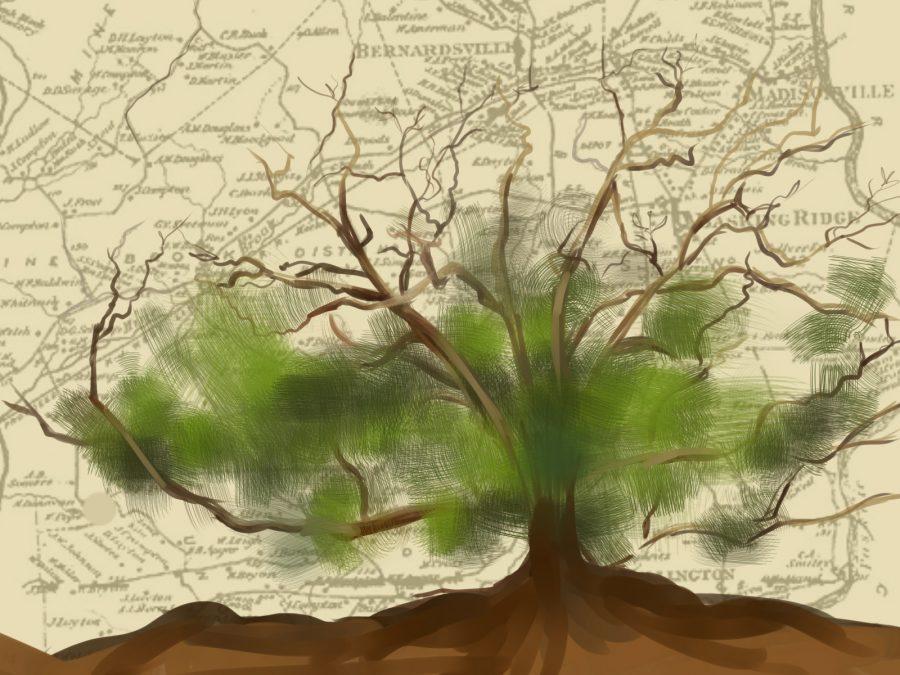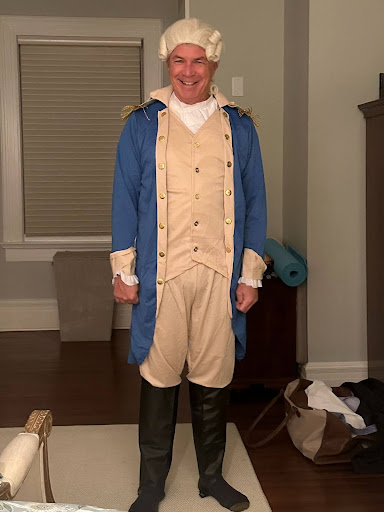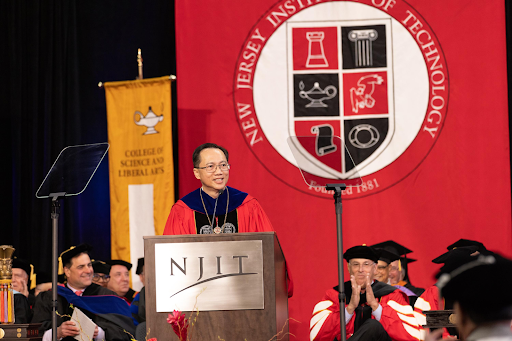Absorbing Basking Ridge’s Alluring History
December 10, 2016
Why is local history relevant?
This question provokes blank looks on many faces. The study of history for high school students largely consists of consuming chapters in textbooks, digesting notes, and disposing the information after tests. Local history rarely appears in a typical high school curriculum. Students often entangle themselves to the curriculum, causing neglect of rich historical surroundings. In reality, “Baskenridge,” as it was once called, teems with history and sites to visit.
The Brick Academy, located in the heart of Basking Ridge, sparked Basking Ridge’s expansion and transformed the town’s identity. Although the Brick Academy was a small classical school in the late 1700’s, its expansion in 1809 solidified its status as a larger institution. The expansion reflected Basking Ridge’s growing population and an increasing need to educate young men in the town. Robert Finley, the school’s first headmaster and a local pastor, was largely responsible for the academy’s development. In 1817, Finley later accepted the presidency of Franklin College of Athens, now the University of Georgia.
Through the entirety of the school’s history, the Brick Academy had a prestigious reputation, drawing students from New York, Pennsylvania, Maryland, and Virginia. Notable alumni of the school include the two vice presidential candidates for Henry Clay in 1844 and John Fremont in 1856. In 1904, the Brick Academy discontinued classes and later sold ownership to Bernards Township in 1948. The Brick Academy opens for visitors on the first Sunday of every month from 2:00 PM- 4:00 PM and the architecture of the school remains largely unchanged.
The Presbyterian Church, only a short walk away from the Brick Academy, also deserves a visit. The church, built in 1717, began as a log cabin where families prayed and held communal meetings. Due to overcrowding, a small church with a wooden frame was erected in 1749. The church underwent renovation in 1839, adopting a new brick structure and Greek revival design. Thirty-five Revolutionary soldiers rest in the “Old Yard” cemetery adjacent to the church.
The famous oak tree, located in the center of the cemetery, continues to unify Basking Ridge’s culture after its recent death. According to Basking Ridge folklore, Revolutionary War generals George Washington and Marquis de Lafayette picnicked under the tree and savored its cool shade. Daniel Wey ‘18 reflects, “Like the dying tree in town, pieces of local history are vestiges of the rich past.”
Next year, the Presbyterian Church will celebrate its 300th anniversary. A multitude of events are planned to celebrate the church in 2017, including a parade through Basking Ridge, displays about the church’s history at the Brick Academy, and exhibit for local artists.
The United States Golf Association Museum, located in the neighboring town of Far Hills, routinely attracts locals and sports fans nationwide. The museum houses more than 50,000 artifacts, including clubs from many of the game’s greatest stars. The museum features the Arnold Palmer Center that honors the late golfer’s legacy in the sport. At the Research and Test Center, visitors can hit balls with replica golf clubs from the 1880’s, the 1920s, and today’s top manufacturers. The Pynes Putting Course, a 16,000 square foot putting green, allows visitors to practice on topography similar to the famous St. Andrew’s course in Scotland. The UGSA Museum is open 10:00 AM to 5:00 PM from Tuesdays to Sundays.
Inevitably, the significance of the past becomes increasingly distant as time continues, especially amongst younger demographics. Acknowledging the necessity to connect with local heritage, Neha Razak ‘20 affirms, “By knowing what came before us, we can be more aware of our surroundings and gain a better understanding of the present.” Basking Ridge and the Somerset Hills Area radiates historical significance and is a microcosm to major trends in American history.











will Bartlett • Dec 20, 2016 at 2:38 pm
How intersting, i had never heard of brick academy!
Nice artwork
Jennifer Huang • Dec 20, 2016 at 12:05 pm
I agree – It’s really important to learn about our history and its significance. Great article!
Anastasia Condolon • Dec 20, 2016 at 12:03 pm
What an interesting article on our history! Those are some really cool facts!